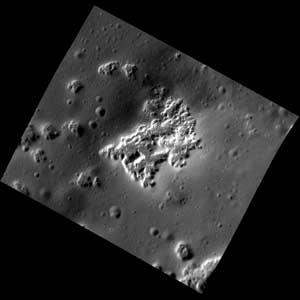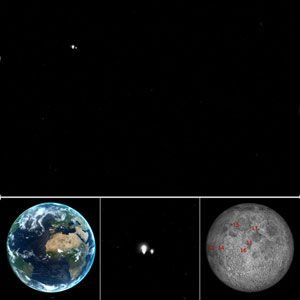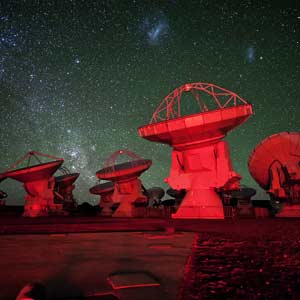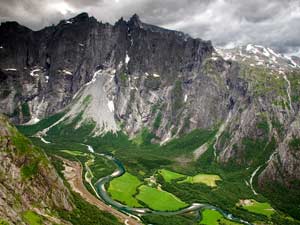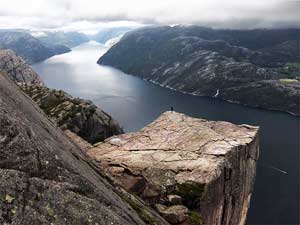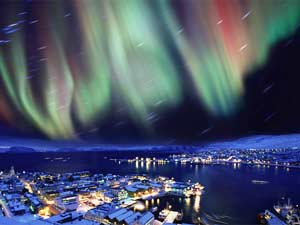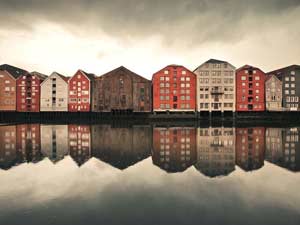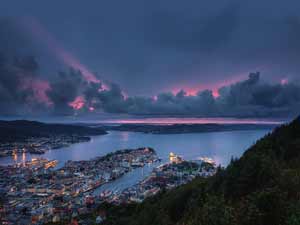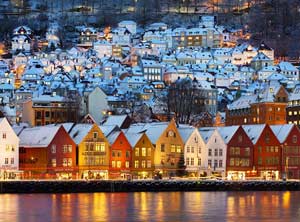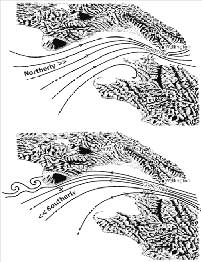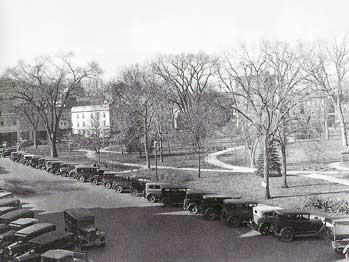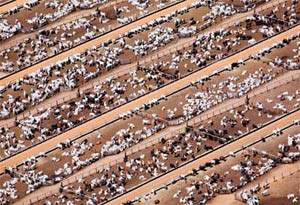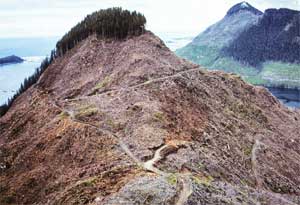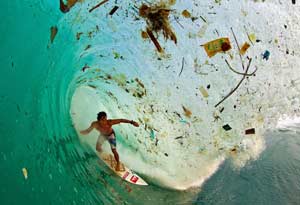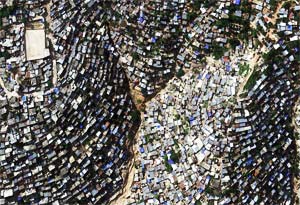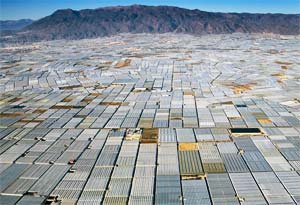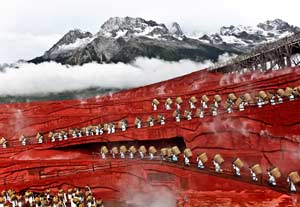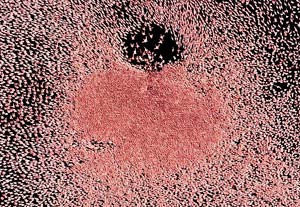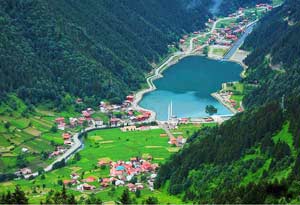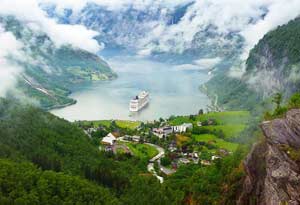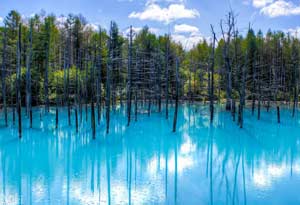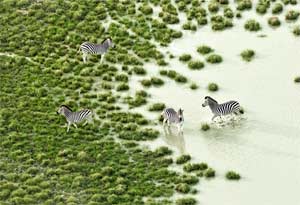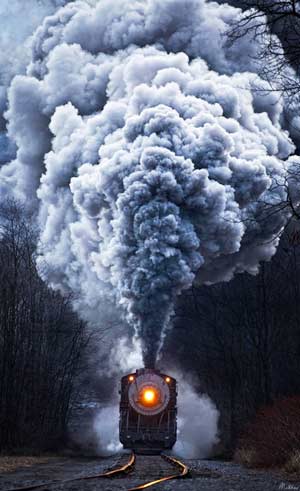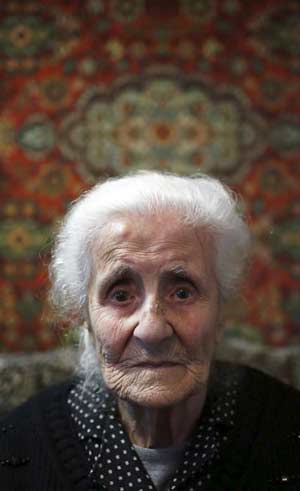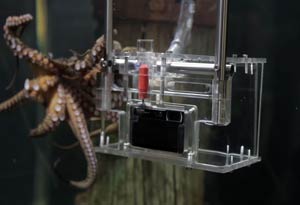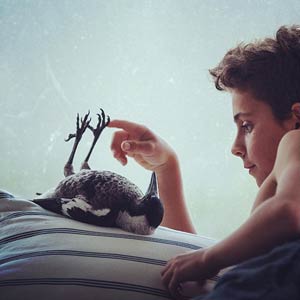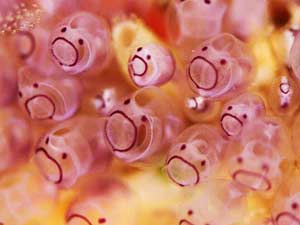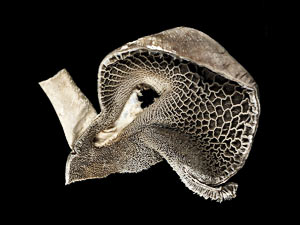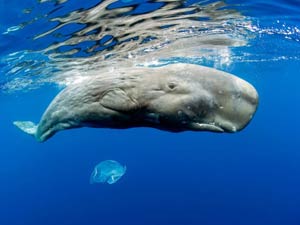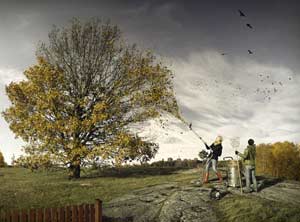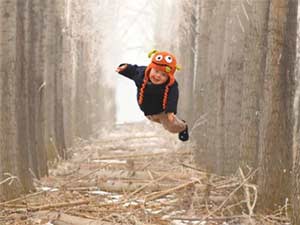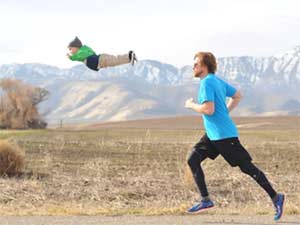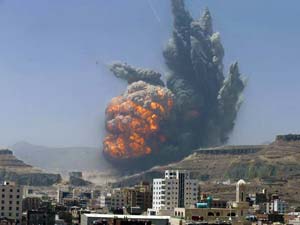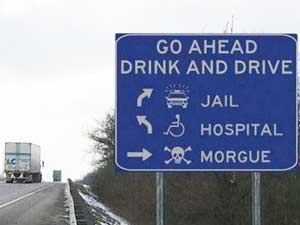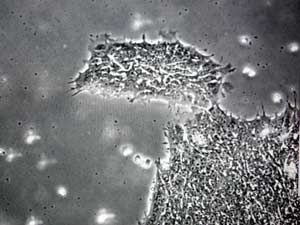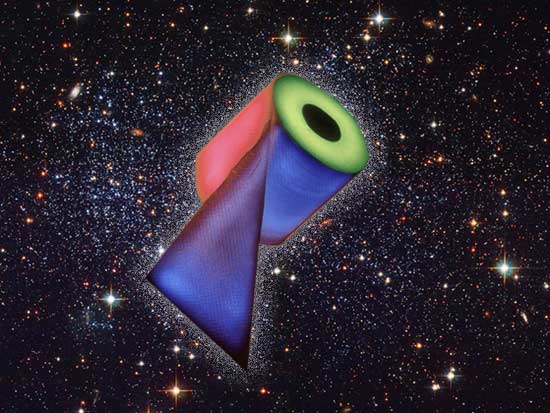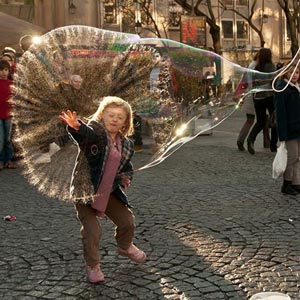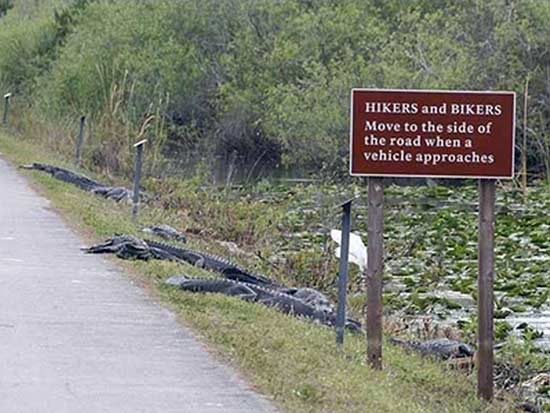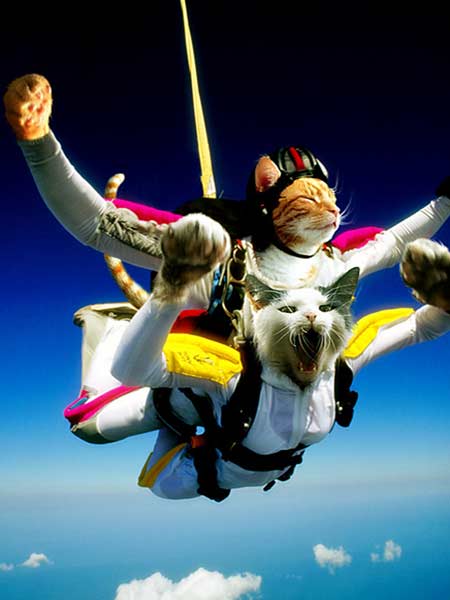In the 50s, people in one region of Borneo were troubled by malaria. To save lives, the World Health Organization (WHO) decided to intervene, drastically reducing the disease-causing mosquito population by spraying the insecticide DDT over the area. However, WHO failed to appreciate the full scope of their actions. DDT not only successfully killed mosquitoes — it also attacked a parasitic wasp population which had kept in check thatch-eating caterpillars. With the accidental removal of the wasps, the caterpillars flourished, and soon hut roofs started falling in all over the place.
As if that weren’t enough the DDT-poisoned insects were eaten by geckoes. The biological half-life of DDT is about 8-years, so it stays in the geckoes’ systems for a long time. The DDT-laden geckoes were eaten by the local cat population. The cats didn’t fare well after that. With few cats remaining, rats took over, leading to increased typhus and plague in rural Borneo.
By now the cure had become worse than the initial disease, so the WHO did what seemed to be the right thing: they parachuted live cats into Borneo. This event was known as Operation Cat Drop.
By considering only the straightforward, first-level relationship between mosquitoes as carriers of malaria and humans as recipients of malaria, the WHO had unrealistically assumed that this relationship could be acted upon independently of any other variables. But in the real world, this is almost never true. Things did eventually return to normal (including malaria as a year-round problem in Borneo’s rural areas), but it took years.
A dinner speaker is in such a hurry to get to his engagement that when he arrives and sits down at the head table, he suddenly realises he forgot his false teeth. Turning to the man next to him he says, “Oh, no! I’ve forgotten my teeth!”
The man says, “No problem.” With that he reaches into his pocket and pulls out a pair of false teeth. “Try these.”
The speaker tries them. “Too loose,” he says.
The man then says, “I have another pair … try these.”
The speaker tries them and responds, “Too tight.”
The man is not taken aback at all. “I have one more pair of false teeth … try them.”
The speaker says, “They fit perfectly!” With that he eats his meal then gives his address. After the dinner meeting is over, the speaker goes over to talk to the man who had helped him. “I want to thank you for coming to my aid. Where is your office? I’ve been looking for a good dentist.”
The man replies, “I’m not a dentist … I’m an undertaker.”
 Animals
Animals Animation
Animation Art of Playing Cards
Art of Playing Cards Drugs
Drugs Education
Education Environment
Environment Flying
Flying History
History Humour
Humour Immigration
Immigration Info/Tech
Info/Tech Intellectual/Entertaining
Intellectual/Entertaining Lifestyles
Lifestyles Men
Men Money/Politics/Law
Money/Politics/Law New Jersey
New Jersey Odds and Oddities
Odds and Oddities Older & Under
Older & Under Photography
Photography Prisons
Prisons Relationships
Relationships Science
Science Social/Cultural
Social/Cultural Terrorism
Terrorism Wellington
Wellington Working
Working Zero Return Investment
Zero Return Investment